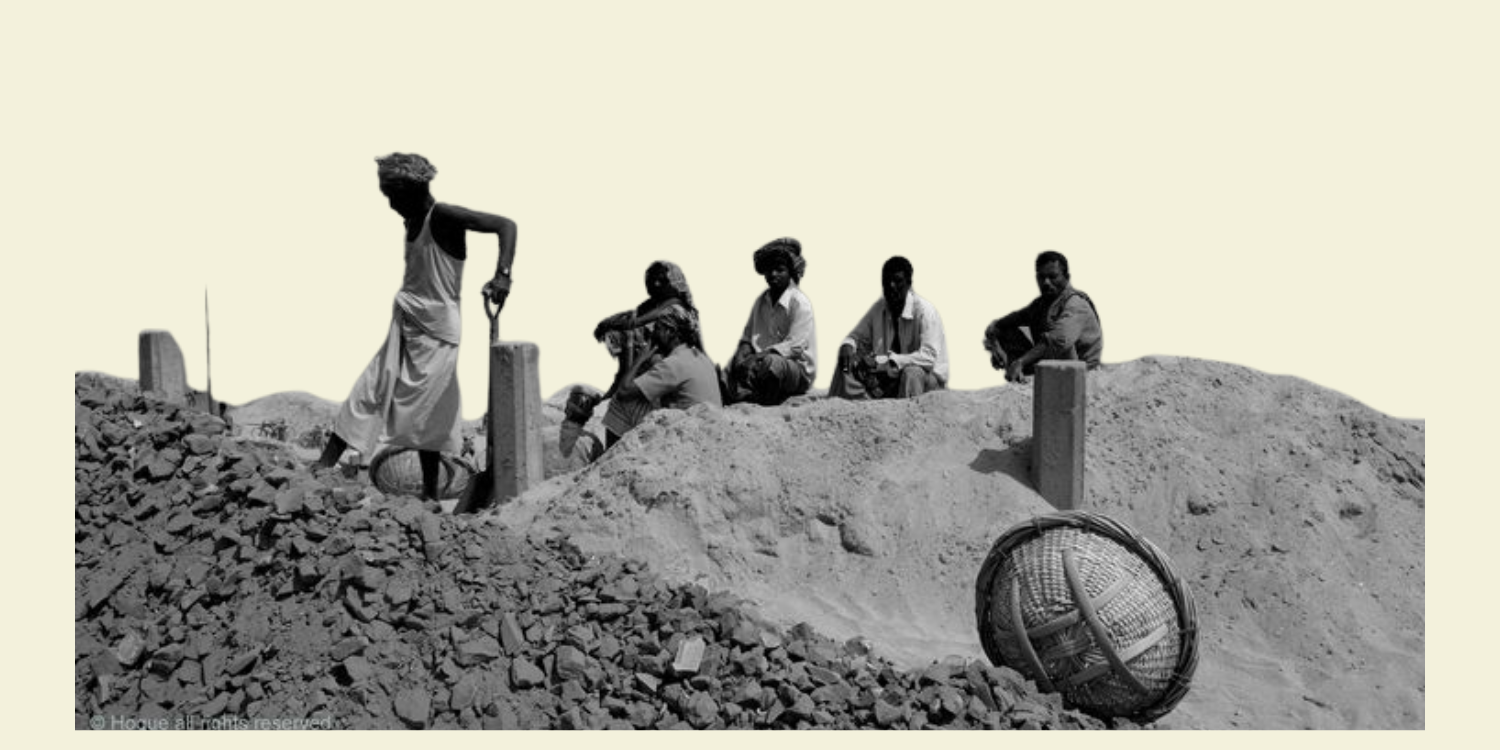ABSTRACT
Power is among the most critical components of infrastructure and serves as a crucial metric for assessing the living standard of a country’s population. Unfortunately, a variety of problems plague India’s power sector. The poor financial health of power distribution companies has often been recognised as a critical issue impacting the power sector’s entire value chain, and India’s DISCOMs Therefore, this paper aims to highlight the reasons for the poor financial health of power distribution companies and the ways to address those.
INTRODUCTION
According to the Central Electricity Authority (2022), India’s per capita electricity consumption was 1,255 kWh in 2021-22. India’s per capita electricity consumption consistently rose till 2019-20 (see figure 1). In 2020-21, the per person consumption fell due to the pandemic, but it returned to its growth trajectory in 2021-22. While the improvement in this figure over the years is noteworthy, India’s performance remains poor compared to the global per capita consumption, which was estimated to be 3,128 kWh in 2014 (The World Bank, 2014).
A well-functioning and robust power sector is essential for a nation’s development and growth. It is also an important indicator for measuring the quality of life of the country’s citizens. India’s power sector is riddled with several challenges. Unsustainably high aggregate technical and commercial [AT&C] losses, poor electricity supply and service, a lack of investment in the power infrastructure, and unsustainable debt are a few of these challenges (Garg & Shah, 2020). While several reforms and policies have been implemented to address these challenges, the problems persist. Power distribution is frequently recognised as both the most crucial and weakest link in the entire value chain of the power sector because of its poor financial and operational health (Power Finance Corporation Ltd. [PFC], 2022; Nirula, 2019; Garg & Shah, 2020; Powell et al., 2021). States should pay close attention to the ongoing pilots and exercise caution before implementing DBT across the state.





